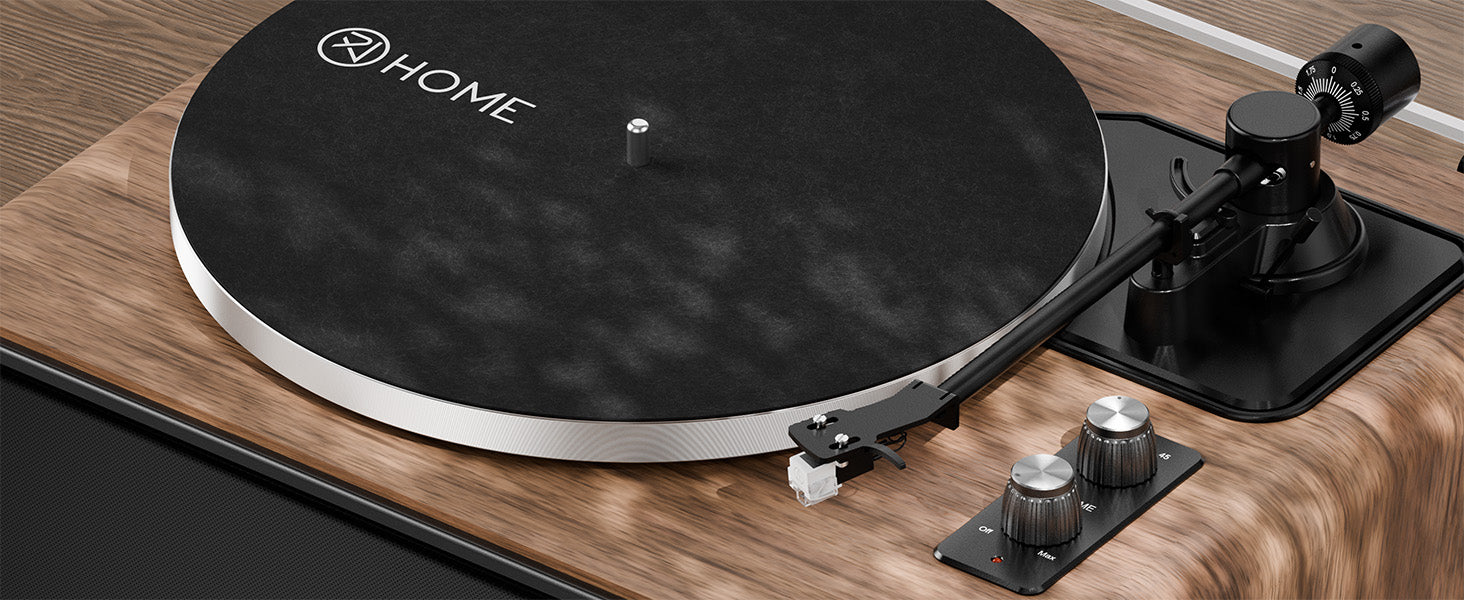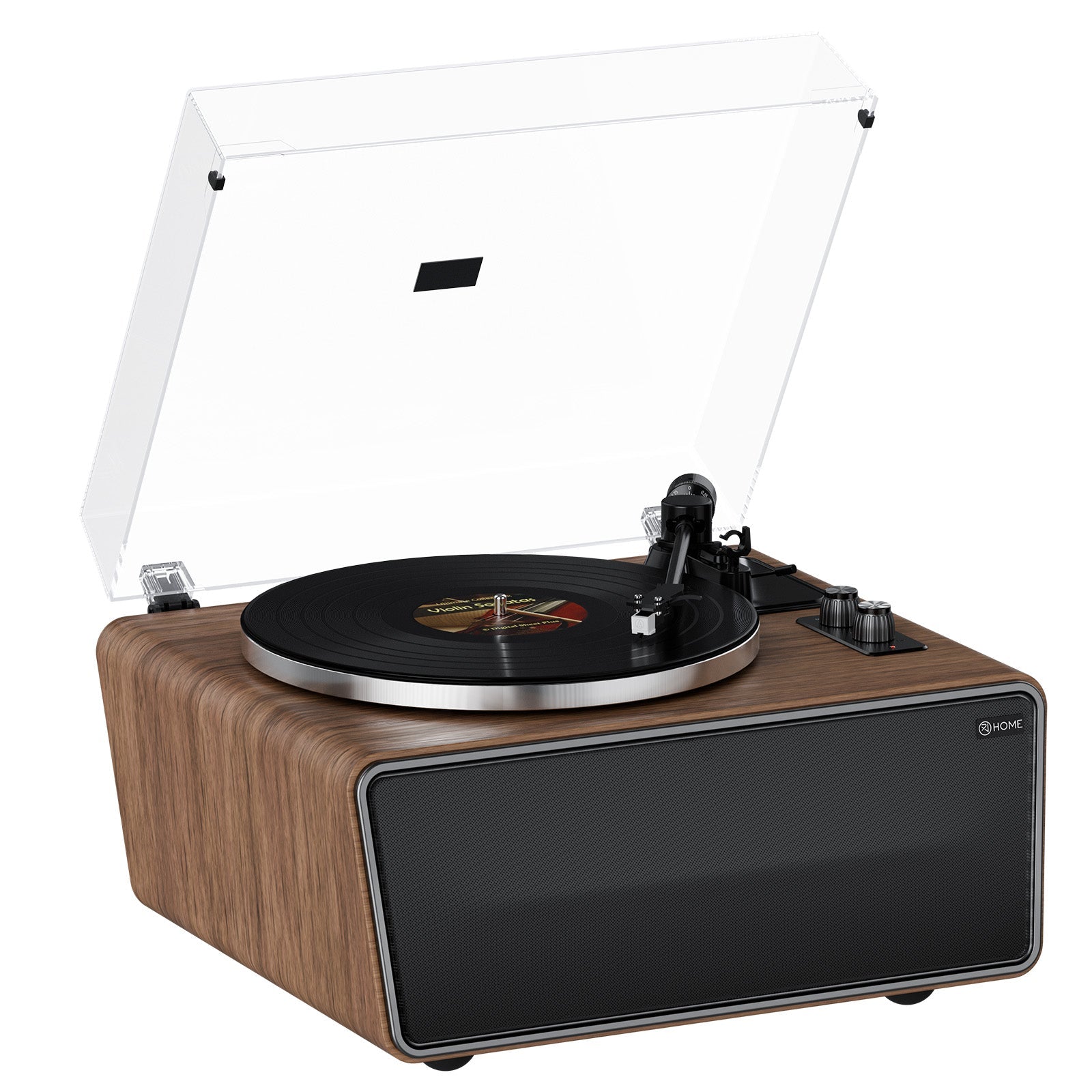There's something special about listening to music on a vinyl record. In an age of instant, invisible, and infinite streaming, the act of pulling a twelve-inch disc from its sleeve feels like a minor rebellion. It's more than just a different format; it’s a different philosophy of listening. But this isn't just a niche hobby for aging collectors anymore. From urban apartment shelves to suburban record store aisles, vinyl is everywhere, with sales hitting heights not seen in three decades. What is driving this improbable, sustained comeback in the digital age?
The popular narrative, often perpetuated by mainstream media looking for a simple angle, points to a predictable answer: nostalgia and a preference for "analog warmth." This explanation is not only lazy; it's fundamentally wrong. It fails to recognize that the vinyl resurgence is not one monolithic trend but a confluence of distinct movements, each satisfying a different, deeply human need. Nostalgia is a component, but it's a symptom, not the cause. To truly understand why records are still popular, you must first deconstruct who is buying them and what they are actually buying.
The market has split into two parallel, yet separate, economies that often have conflicting values: the economy of the Tangible Object and the economy of the Sonic Pursuit. Only by analyzing them independently can we see the whole picture.
The Tangible Object: Vinyl as Identity and Ritual
For a large and growing segment of the market, particularly younger listeners who grew up without a physical music collection, the record is an artifact first and an audio medium second. Its value is rooted in a psychological and cultural rebellion against the weightlessness and impermanence of the digital world.
1. The Need for Deliberate Engagement:
From a first-principles perspective, human beings are tactile creatures. The digital ecosystem, by design, removes friction and abstracts interaction into a sterile tap or click. The vinyl ritual is the antithesis of this. It begins before the needle ever drops: the hunt through a record store, the act of flipping through covers, the satisfaction of the purchase. Back home, the ritual continues—carefully slitting the shrink-wrap, removing the record from its sleeve, feeling its weight and seeing the light catch its grooves, cleaning the surface, placing it on the platter, and lowering the tonearm. Each step is a deliberate, physical action. This process forces a cognitive slowdown, a form of active mindfulness in a culture of constant distraction. It creates a defined, almost sacred space for listening, standing in stark opposition to the passive, multi-tasking consumption model of hitting "play" on a streaming playlist while simultaneously answering emails and scrolling through social media. It's a conscious decision to dedicate 20 minutes to one side of an album, an antidote to digital fatigue.
2. The Power of True Ownership:
When you "own" music on a streaming service, you own nothing. You have a temporary license to access a file on a remote server, a license that can be revoked or altered at any time as artists and labels renegotiate rights. A record, however, is property. It occupies physical space. It can be held, displayed, shared, loaned to a friend, and passed down. This sense of permanence fulfills a fundamental desire for ownership and control. Displaying a record collection is a powerful act of identity curation—a public statement of taste and affiliation far more potent than a private, algorithmically-influenced playlist. A shelf of records is a physical manifestation of a personality, a story told through album spines. This extends to the discovery process itself. Unearthing a hidden gem in a dusty crate at a secondhand shop is a personal victory, an act of agency that an algorithm, designed to feed you what it thinks you want, can never replicate. The history of a used record—a faded price tag from a long-closed store, a note from a previous owner—adds layers to its story, making it a unique object, not just a data container.

3. The Economics of Fandom:
For the modern musical artist struggling with the paltry revenue from streaming, a record is a vital piece of merchandise and a financial lifeline. Selling a single $30 LP can generate more revenue for an artist than thousands of streams. For the fan, buying that LP is a direct and meaningful act of financial patronage. It’s a physical token of their support, a collectible that deepens their connection to the artist in a way a digital stream cannot. The proliferation of colored vinyl variants, picture discs, and elaborate Record Store Day exclusives is a testament to this phenomenon. These items often function less as listening tools and more as luxury goods or art objects within the fan community. Often, the purchase is about showing allegiance and owning a beautiful object, with the act of actually listening to it being a secondary, sometimes even unfulfilled, benefit. It's about belonging to the tribe.
The Sonic Pursuit: Vinyl as an Experience
For the other economy—the audiophiles, the critical listeners, and the hardware fanatics who frequent sites like Xenonjade.com to discuss the finer points of turntable mechanics—the appeal is fundamentally sonic. But the cliché of "analog warmth" is a misleading oversimplification. The perceived sonic superiority is a complex interplay of technical characteristics and human psychology.
1. The Psychoacoustics of Imperfection:
The human brain is not a digital-to-analog converter; it does not interpret technical perfection as inherently more pleasurable or "real." Digital audio, in its theoretical perfection, is a clean, precise stream of discrete data points—a flawless but sterile representation. Vinyl is the opposite. It is a continuous, unbroken analog wave, laden with artifacts that engage the brain on a deeper, subliminal level. It is the beauty of imperfection, or Wabi-sabi, applied to sound. Consider the difference between a flawless CGI rendering of a forest and a walk through a real one. The real forest is full of "imperfections"—the rustle of leaves, the random pattern of branches, the texture of bark—that make it feel alive. Similarly, the so-called "flaws" of vinyl—the subtle channel crosstalk inherent to a single groove, the minuscule variations in rotational speed (wow and flutter), even the gentle surface noise—are not registered as distinct errors. Instead, they are integrated into a cohesive whole, creating a sonic texture that the brain perceives as more organic, present, and three-dimensional. This added layer of complexity demands more from our auditory processing, making the experience more engaging.
2. A Reprieve from the "Loudness War":
For the last two decades, digital mastering has been plagued by the "Loudness War"—a race to make tracks as loud as possible through heavy-handed dynamic range compression. This squashes the natural peaks and valleys of a performance, resulting in a fatiguing, one-dimensional listening experience where every element shouts for attention. Vinyl has a built-in physical defense against this. Overly compressed, loud signals, especially in the low frequencies, require wider grooves that can literally cause the stylus to jump. Consequently, masters prepared properly for vinyl often require more dynamic range, more "breathing room," preserving the nuance of the performance. Listen to an original 1977 pressing of Fleetwood Mac's Rumours and then a 2002 CD remaster; the vinyl feels open and effortless, with drums that punch and recede, while the CD can feel like a solid wall of sound. While many modern records are unfortunately cut from the same compressed digital masters as their streaming counterparts—a major point of contention for audiophiles—a well-mastered record offers a dynamic experience that is increasingly rare.
3. The Importance of Provenance:
For the dedicated enthusiast, a record is more than music; it's a document of a specific creation process. The entire signal chain matters immensely. Was it sourced from the "AAA" (all-analog) chain, directly from the original analog master tapes? Who was the mastering engineer? Where was it pressed? A record from a world-class plant like RTI in California or Pallas in Germany, mastered by a revered artisan like Kevin Gray or Bernie Grundman, is a fundamentally different product from a standard-issue pop album pressed from a 16-bit digital file at an overworked facility. This pursuit of provenance—the history and craftsmanship of the object—is a core part of the audiophile experience. It transforms listening from a passive activity into an act of connoisseurship, similar to appreciating fine wine or art. The label on the record (like Blue Note's "Tone Poet" series or Analogue Productions' reissues) becomes a mark of quality and intent, assuring the buyer they are holding a piece of carefully preserved history.
Conclusion: A Deliberate Choice
Vinyl's popularity is not a fad or a simple throwback. It is a rational and deeply human response to the deficiencies of our digital age. It’s not about rejecting technology, but about reintroducing intention, tangibility, and texture into our relationship with music, an art form that was becoming dangerously close to being treated as a disposable utility.
Whether purchased as a totem of fandom or as a vessel for the ultimate sonic experience, the record serves a purpose that a digital file cannot. The two economies of vinyl may have different motivations, but they both arrive at the same conclusion: that there is value beyond mere convenience. The record forces us to slow down. It asks us to participate. It gives us something real to hold onto. In a world that is constantly accelerating towards the ethereal and abstract, the simple, heavy, and imperfect vinyl record offers a powerful and necessary anchor.





Leave a comment
All comments are moderated before being published.
This site is protected by hCaptcha and the hCaptcha Privacy Policy and Terms of Service apply.